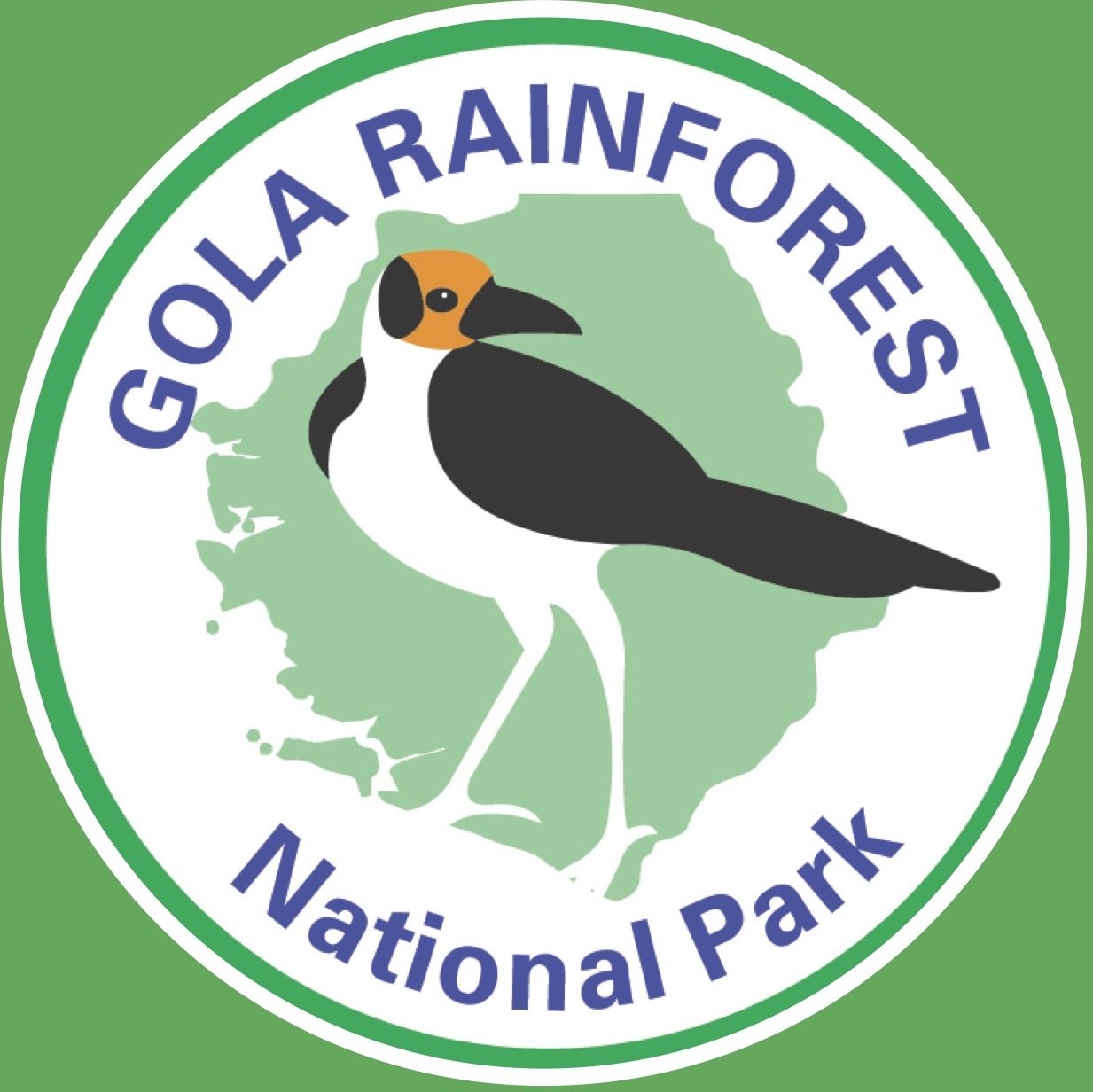The Wider Gola Landscape
Liberia’s Upper Guinea forests are exceptionally diverse, with very high rates of endemism. See the Wildlife page for more information. The Gola National Forest, situated in north-west Liberia, is one of the largest remaining intact areas of seasonal dense moist evergreen and semi-deciduous forest in the whole region.
The upgrade of the Gola forest from National Forest to National Park, scheduled to be completed in 2014, will significantly increase its level of protection. Once the Gola National Park has been established, the area will be linked to the Gola Rainforest National Park in Sierra Leone, creating a unique transboundary Peace Park covering over 2,000 km², providing important additional collaborative opportunities between the two neighbouring countries for promoting conservation and sustainable management across the politically divided ecosystem.
Crucially, however, the forest that links the protected areas is of similar importance as it is also part of the Upper Guinea Forest Biodiversity Hotspot, internationally recognised as a top priority for conservation efforts. Few studies have been completed on the fauna of the forest outside the protected areas, but initial results show that there are several critically important forest corridors between the protected areas that support similar fauna to these areas. An exciting new EU-funded project, GolaMA, Connecting Forest and People focuses on one of these critical corridors.
GolaMA covers ca. 40,000 ha of the Gola National Forest that falls outside the planned National Park and in effect forms a corridor linking two of the eight prospective protected areas in Liberia (the proposed Gola Forest National Park and the Foya National Forest) and the Gola Rainforest National Park in Sierra Leone. Golama is targetting an estimated 2,000 people (ca.400 households).
The GolaMA project area is currently facing serious threats, which, if not addressed, are likely to lead to isolation of the protected areas, restricting their value to biodiversity. Liberia’s forests contribute to the wellbeing of the national population by providing a wide range of services, including bushmeat and fuel wood. These forest communities are very remote, hence highly dependent on natural resources. The main sources of subsitence is agriculture, with no or very restricted access to education, health or to international aid.
A partnership between the Government and resident forest communities to manage the GolaMA project area sustainably will not only enhance the value of the protected areas to biodiversity by allowing this forest to form ‘wildlife corridors’, but will also reduce the threats to the protected areas that originate in these corridors (agricultural encroachment, mining, bushmeat hunting) while increasing the wellbeing of forest communities. GolaMA will consider adapting a relatively new and innovative sustainable financing mechanism, alongside other sustainable financing mechanisms. This will help to reduce the funding required while also bridging the perceived divide between conservation and development.
GolaMA’s objectives are to (i) establish Community Forest Management Agreements and financial sustainability business plans, (ii) ensure forest communities are benefiting from new, sustainable, alternative income generating activities under CFMAs while contributing to forest protection, (iii) to reduce bushmeat hunting/trading of protected species in the project area, (iv) establishing selfregulated sustainable artisanal mining practices, and to (v) determine the potential of carbon trading to provide sustained finance.
GolaMA means 'Unity' in the Lofa language
GolaMA is jointly implemented by
the Royal Society for the Protection of Birds (RSPB)
and
the Society for the Conservation of Nature of Liberia (SCNL).
Other partners are:
Forestry Development Authority of the Government of Liberia
Cambridge & Wageningen Universities
With funding from the European Union


